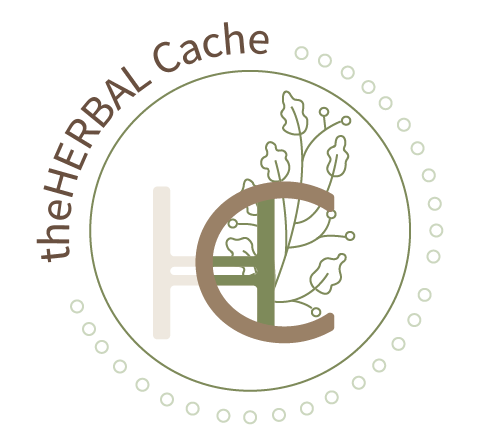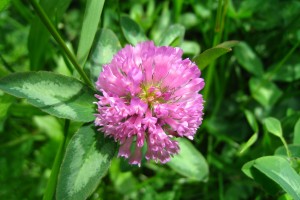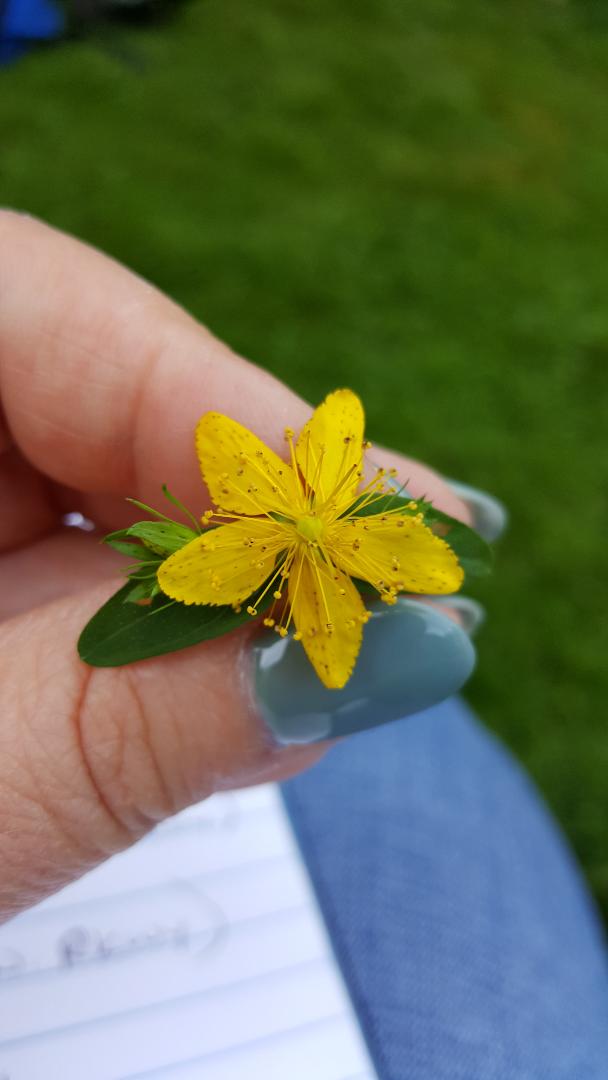Red Clover
Botanical Name: Trifolium pratense
Fun Facts:
- Was imported from Europe
- Grown to increase the fertility of the soil because it produces nitrogen
- Flowers smell like honey; very sweet
- Draws in bees, which leads to clover honey
- Is the state flower of Vermont!
Location found: is very persistant, so likes to grow in old fields, along roads, lawns, etc.
Identification: has a dense dome-shaped flower cluster, which consists of numerous, long bilaterly symmetrical pink flowers. The grouped three leaflets are deep green, with a light green “v” in the center. low growing,
Edible Parts: flower and sometimes flower and leaves
Harvesting:
- Do not pick near roads, walkways or other areas where there is potential of the area having been sprayed with chemicals.
Culinary Uses:
- May be eaten raw and seldom in salads
Medicinal Uses:
- One of the richest sources of isoflavones, which are water-soluable chemicals that act like estrogens. This makes it great for relieving hot flashes/flushes, PMS, breast enhancement and breast health
- Helps lower cholesterol
- As a diuretic, improves urine production and blood circulation
- Helps prevent osteoporosis
- Reduces the possibility of blood clots and arterial plaques
- Limits development of benign prostate hyperplasia
- Excellent source of calcium, chromium, magnesium, niacin, phosphorus, potassium, thiamine and Vitamin C
- Kills many types of bacteria and is antiviral
- Has anti inflammatory properties
- Is antispasmodic
- Anticatarrhal
- Is helpful in quitting smoking
- Should not be taken by pregnant or nursing women in any form



